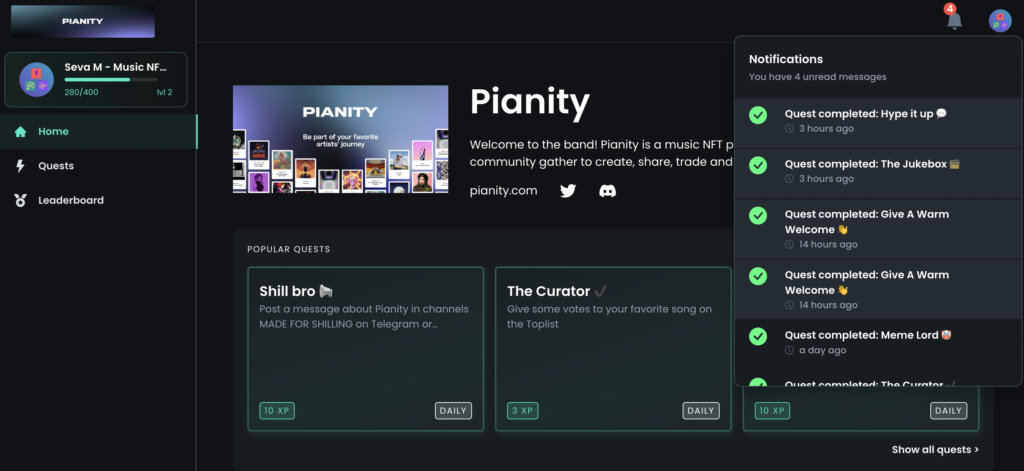If you haven’t heard the word “community” 30,000 times in the past month, you are probably brand new to the NFT and Web3 space. It’s used so much because it is the community in all of its volume that drives the economy, and the leading incentives. As you are reading this, thousands of people are desperately building the communities for the live projects, and even more for the projects that are still in planning.
Community building appears to start substituting the essential parts of market research. Conventionally, before you invest in any project or startup, you’ve got to ensure that what you’re about to offer is in demand. Arguably, this function is now fulfilled by gathering a large enough crowd.
Music NFT Startup is at the point when we already joined and experienced being part of several communities by this point. It may appear that everybody in the space is actively engaging with their audience via every possible channel, but far from being true. Believe it or not, some of the platforms we investigated limit their public relationship to just one Web2 channel (e.g. Twitter). It’s pretty much a one-way communication, and for obvious reasons it doesn’t play out well for the growth of the platform.
When Music NFT Startup project kicked off, we had to make choices on how to manage the social media. The abundance is overwhelming, and if you have limited resources, you better not pick more than one to begin with. Later down the road you figure out the ways to be efficient and juggle 2, then 3, then as many as you need, but it takes trial-and-error to learn where you can save time and effort, while preserving the quality. With that in mind, let’s take a look at one example, where we believe a project succeeded in managing their community, keeping them continuously engaged.
We are talking about Pianity, which keeps its diverse audience on the tip of their toes in a variety of ways, including:
- Toplist – once an artist uploads the track, they need to get voted to have their tracked released as an NFT. This incentivizes the artists to be active and bring friends, it introduces a very healthy amount of competition with a specific reward in the end.
- Rewards system – Pianity calls out the top musicians and top collectors and rewards them for their participation. The more invested a collector is, the more votes they get to influence the next drops selection.
- Proper Discord setup – including channels, bots, levels, roles, integration with the platform itself
- Pianity Band – absolutely stunning way to engage the audience with gamification. This is basically a set of quests for which you are rewarded with XP that convert to $PIA at the end of the sprint. Quests facilitate both the intra-community engagement and outreach to the wider Web3 and NFT music community. The activity is powered by Crew3.xyz, which is intuitive to setup, and can be easily integrated with discord.

If you haven’t heard about Pianity until now, make sure to read our 7 day journey review, it is certainly worth investing the time – the only risk you’re facing is getting addicted to this platform.


1 comment